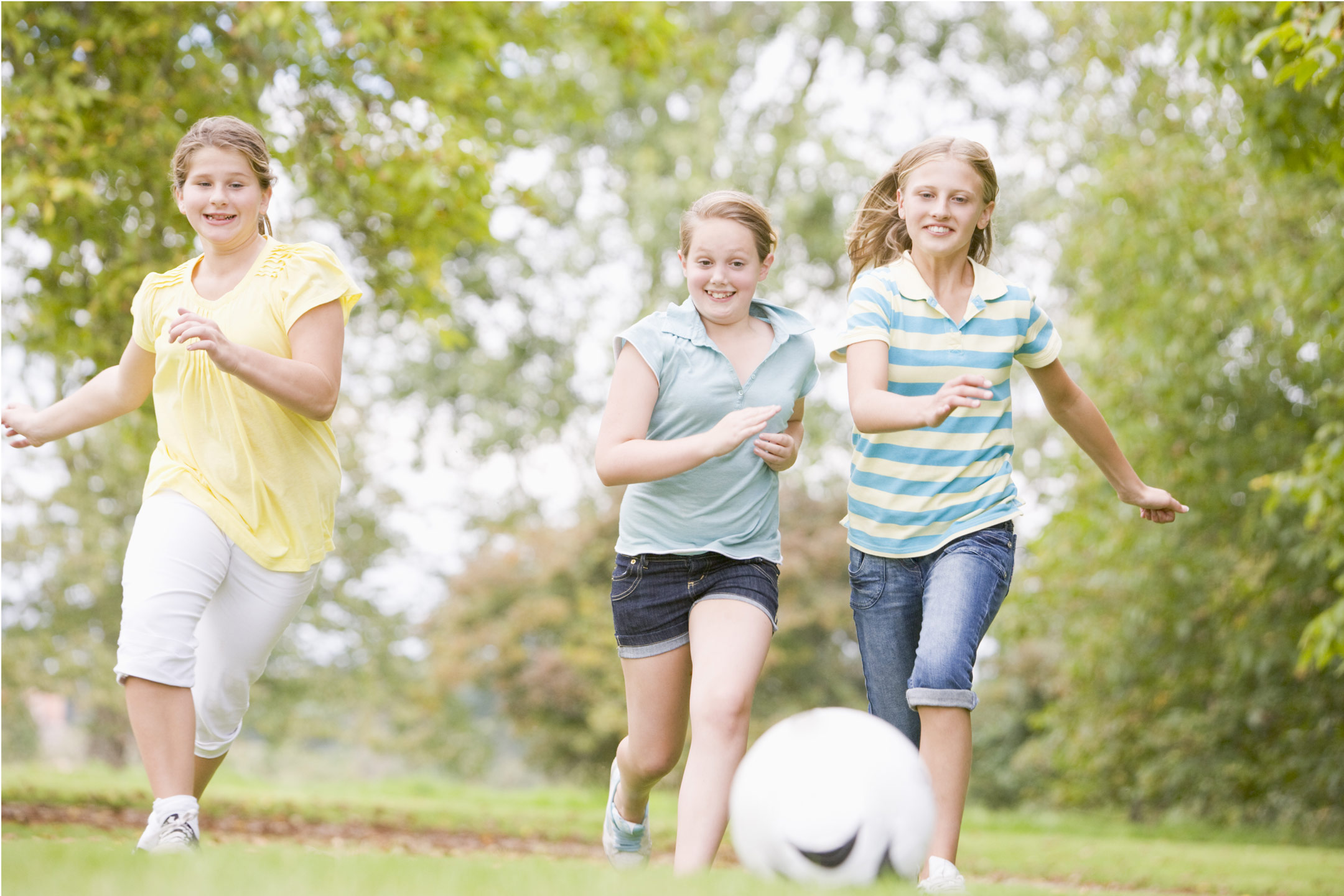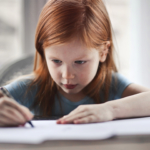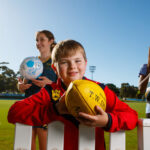
13 Oct Raising Strong, Confident Kids: Building Positive Body Image from the Start
Emphasising function over form will help to encourage a positive body image in children, writes clinical psychologist Renee Mill.
Why Body Image Matters
At a mums’ group late last year, Grace shared she had read the government was planning to monitor magazines for their depiction of skinny models. She thought this was positive, having suffered an eating disorder as a teen, and wanted a better future for her daughter.
Not everyone agreed. Jacqueline argued that fashion is fantasy and not real life, while Simone suggested labelling images as digitally enhanced. Evelyn admitted she felt shame that the government needed to step in because parents and editors weren’t doing enough.
Grace pointed out that being attractive has advantages in society. I agreed, noting studies show people often assume good looks mean intelligence, competence, or even moral virtue. Evelyn concluded, “If this is reality, our only choice is to starve to fit the mould or lose out.”
Jacqueline pressed me: “What can we do as parents? How can we help our children?”
Understanding Body Image
I reassured them there is much parents can do, especially in the early years. Body image is a perception—it’s not about measurements but how children feel about their bodies. A healthy body image means: I like my body. I feel good in my skin. My body works, and I feel strong.
The goal is to link body image to wellbeing and physical abilities, not appearance.
The Power of Touch and Play
Touch is vital. Babies who are held, stroked, and massaged learn to enjoy their bodies. As they grow, different creams, oils, or brushes can make touch fun and comforting.
Movement is just as important. Swimming, running, climbing, and ball games all build body enjoyment and reduce obesity risk. Rough-and-tumble play—being swung by the heels, tossed in the air, or hanging upside down—helps children feel confident in space. Even trampolines and monkey bars play a role.
One mum admitted she discouraged rough play with her son, fearing it was unsafe. She now realised she had unintentionally limited his chance to explore healthy body movement.
Talk About Strength, Not Size
Parents often wonder when to discuss weight. I advised focusing instead on body function. Celebrate what the body can do: “Your legs carried you up 15 steps!” or “Your hands were so nimble doing those buttons.” Even toddlers absorb these messages while learning language.
Health and strength should be the focus from day one—whether marvelling at a baby’s digestion or praising stamina. These moments validate the body’s function, teaching children gratitude and pride.
Normalising Differences
Teaching diversity is powerful. On the street, point out different body shapes, sizes, and skin tones in a positive, non-judgemental way: “Some people are tall, some short, some in between. People come in all shapes and sizes.” At the beach, note the variety of hair and skin colours. Normalising differences helps children see themselves as part of a rich spectrum of humanity.
Words That Nurture, Not Harm
Parents often ask whether it’s okay to say their child is “pretty” or “handsome.” The answer is yes—compliments like graceful, attractive, or well-groomed are positive, especially from age four onwards. What to avoid are words such as “hot” or “sexy,” and dressing children in overtly adult or sexualised ways.
Body image should be linked with health, confidence, and self-respect, not sexuality.
Parents Shape the Future
While government monitoring of media may help, parents play the central role. If children internalise a healthy body image before they can even read, they’ll be far better equipped to resist the unrealistic ideals they see in magazines, advertising, or social media.
Australian young people describe body image as one of their top five personal concerns. It’s estimated about 28% of males and 35% of females ages 11-24 years are dissatisfied with their appearance. Body image may be positive and include feelings of pleasure, satisfaction, appreciation and acceptance of our body.




